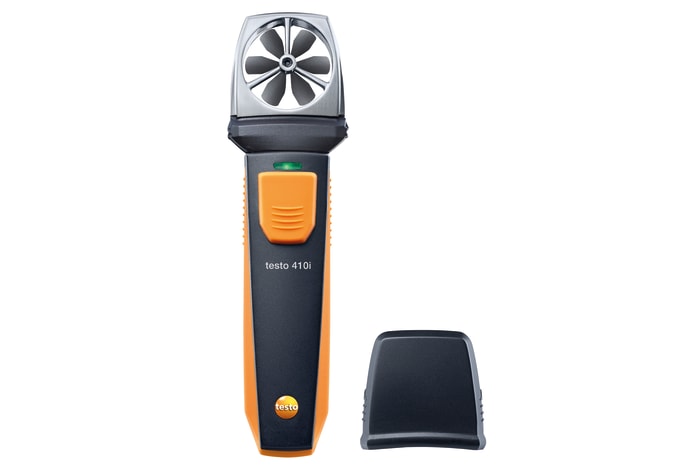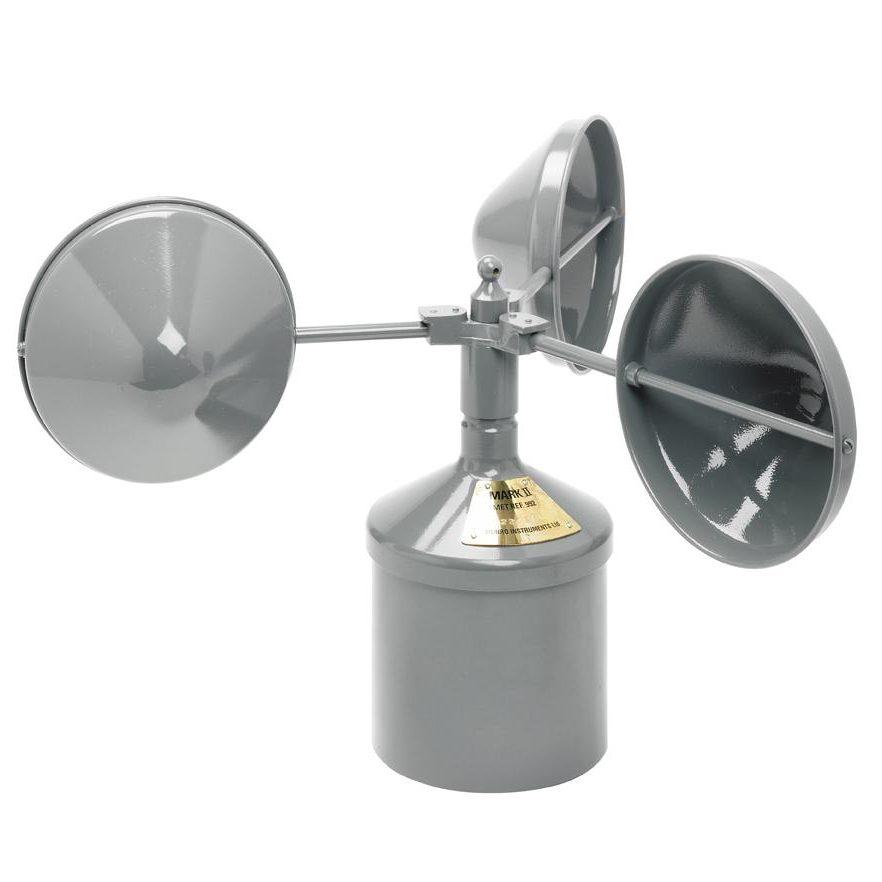How an Anemometer Can Enhance Your Weather Monitoring System
How an Anemometer Can Enhance Your Weather Monitoring System
Blog Article
All You Need to Learn About Anemometers: Just How They Work, Why They Issue, and Where to Make use of Them
Anemometers, however usually neglected in the realm of clinical tools, play a critical function in different fields, supplying valuable insights into wind rate and air flow patterns. Comprehending the technicians behind these devices is vital for anyone looking for to harness the power of this data. From meteorologists tracking weather condition patterns to designers creating structures with wind loads in mind, the applications of anemometers are varied and significant. As we dive right into the ins and outs of anemometer technology, we will certainly uncover the internal operations of these tools, their relevance, and the key considerations when picking the ideal anemometer for particular applications.

Anemometer Basics
An important instrument utilized to gauge wind rate and direction, the anemometer plays an essential role in weather forecasting and different sectors. An anemometer typically consists of three or four cups that revolve in the wind, a vane that directs right into the wind, and sensors to track the rotations or activities.
There are different kinds of anemometers offered, including mug anemometers, vane anemometers, hot-wire anemometers, and sonic anemometers, each with its distinct features and applications. Mug anemometers are generally used for basic wind rate measurements, while vane anemometers are preferred for directional measurements. Hot-wire anemometers are appropriate for reduced airspeeds, and sonic anemometers are ideal for high-precision dimensions in research and commercial settings. Recognizing the fundamentals of anemometers is crucial for exact wind information collection and evaluation throughout different industries.
Principles of Anemometer Procedure
Structure on the fundamental understanding of anemometer essentials, the concepts of anemometer operation illuminate the technicians behind wind rate and instructions measurements. Mug anemometers, for instance, have 3 or more mugs that catch the wind, causing them to spin much faster as the wind speed boosts. Hot-wire anemometers rely on a heated cord that cools down as wind passes over it, with the price of cooling determining the wind speed.
Relevance of Anemometers
The relevance of anemometers in weather forecasting and numerous sectors can not be overstated. Anemometers play an important function in determining wind rate and direction, offering necessary information for climate forecasting, environment researches, ecological monitoring, and aviation procedures. Meteorologists depend on anemometers to gather accurate wind data, assisting them understand weather patterns, forecast tornados, and problem timely warnings to the public. In markets such as construction, agriculture, eco-friendly power, and maritime procedures, anemometers are used to optimize processes, ensure security, and raise efficiency. Wind farm drivers use anemometers to examine wind conditions and take full advantage of electrical energy manufacturing from wind generators. In the maritime market, anemometers aid ship navigating by supplying real-time wind information to captains, aiding them make educated decisions to try this make sure risk-free voyages. Generally, anemometers are indispensable tools that contribute substantially to safety and security, performance, and educated decision-making in weather forecasting and a vast array of industries.
Applications Across Numerous Industries
Applications of anemometers span across diverse industries, showcasing their convenience and energy past weather forecasting. In the sustainable energy sector, anemometers play an important function in analyzing wind conditions for wind farm positionings, guaranteeing ideal energy production. Industries like construction and weblink mining use anemometers to check wind speeds, essential for security procedures, particularly when functioning at elevations or in open-pit mines where solid winds can pose dangers. Anemometers are likewise important in the aviation sector, helping pilots in understanding airspeed and wind direction for safe take-offs and landings. The maritime market gain from anemometers for ship navigation, helping seafarers expect weather adjustments and adjust routes appropriately. In farming, anemometers aid farmers in handling crop splashing by providing real-time data on wind rate to prevent drift. Anemometers locate applications in HVAC systems to optimize air movement and boost energy performance in structures. The varied use cases of anemometers emphasize their relevance across different markets, highlighting their essential duty in boosting functional security and performance (anemometer).

Choosing the Right Anemometer for Your Requirements
Choosing the ideal anemometer customized to your particular demands is essential for obtaining accurate wind rate and direction dimensions. When selecting an anemometer, consider elements such as the designated application, required dimension variety, environmental problems, and wanted attributes. For general functions, a cup anemometer appropriates for determining wind rate, while a vane anemometer offers wind direction information. Hot-wire anemometers are ideal for low airspeed dimensions, and ultrasonic anemometers offer high accuracy and longevity.

Final Thought
In verdict, anemometers play a critical duty in measuring wind speed and instructions across various industries. It is essential to consider the significance of anemometers in order to make enlightened decisions when selecting the most suitable tool for measuring wind conditions.
There are various types of anemometers readily available, including mug anemometers, vane anemometers, hot-wire anemometers, and sonic anemometers, each with its special functions and applications. Cup anemometers are generally made use of for standard wind speed dimensions, while vane anemometers are liked for directional dimensions. Hot-wire anemometers are suitable for low airspeeds, and sonic anemometers are excellent for high-precision dimensions in research and commercial setups.Structure on the foundational understanding of anemometer basics, the principles of anemometer procedure illuminate the mechanics behind wind speed and direction dimensions. For general purposes, a cup anemometer is appropriate for gauging wind rate, while a vane anemometer offers wind direction information.
Report this page